#syrphids
Explore tagged Tumblr posts
Text
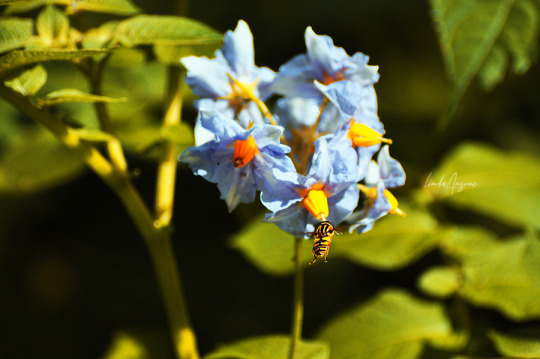
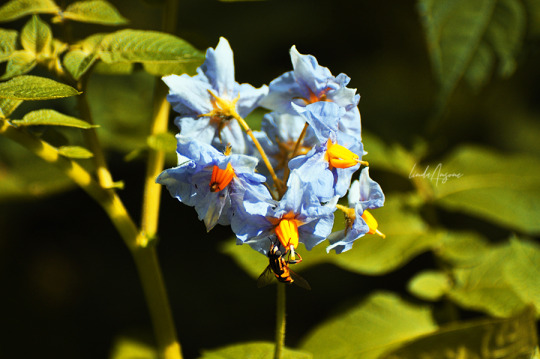
#flowers#flowercore#plantcore#insects#hoverfly#flower fly#syrphids#nature#nature photography#original photography#photographers on tumblr
198 notes
·
View notes
Text


just two common flower flies: Episyrphus balteatus and Sphaerophoria scripta
#marmalade hoverfly#syrphini#long hoverfly#sphaerophoria#syrphids#syrphidae#bugblr#poland#insectblr#hajovyk bug
1 note
·
View note
Text

Guy vaguely based on the aphids who used to live here until the milkweed died
#i miss the milkweed#the back patio just didn't get enough sun i think#and my planters are shallow and kinda suck#sorry aphids and caterpillars and fun little syrphid flies shaped like wasps#creature design#digital art#spiralshells art#bugs
230 notes
·
View notes
Text

Dittero sirfide su Geranio silvano
53 notes
·
View notes
Text

Syrphid Fly (Toxomerus geminatus)
How splendid to begin the day by bathing in a dew drop.
26 notes
·
View notes
Text
This fly has evolved specifically to punch flowers with its snoot. American snout fly (Rhingia nasica) Northeastern Pennsylvania, US
#sneef snorf#snoot#noses#although actually that's a mouth#nom nom#flies#pollinators#diptera#syrphid fly#Rhingia nasica#snout fly#snout#boop#bugs#nature#nature photography#biodiversity#animals#bugblr#inaturalist#arthropods#entomology#insect appreciation#invertiblr#flower#funny#silly animals#wildlife
29 notes
·
View notes
Text
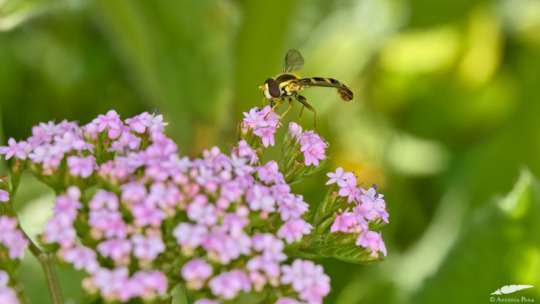
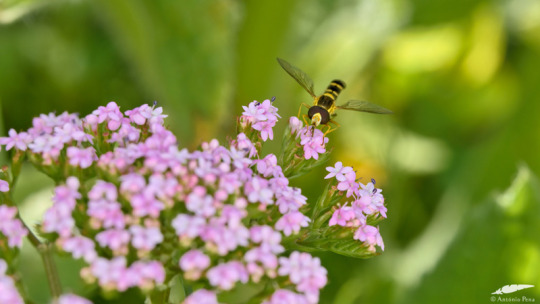
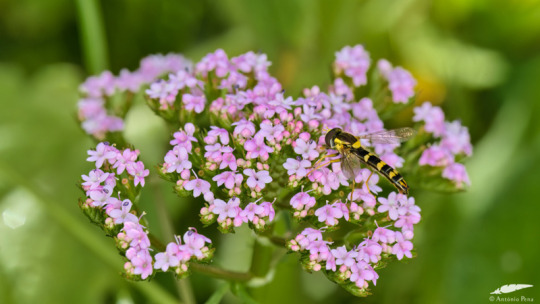
Syrphid fly on Centranthus calcitrapa - Sirfídeo em Calcitrapa (Centranthus calcitrapa)
Cascais/Portugal (1/04/2024)
[Nikon D850; AF 105mm Micro-Nikkor F2,8 with Circular Flash Nissin MF 18; 1/250s; F18; 400 ISO]
#plants#plant photography#herbs#flowers#centranthus calcitrapa#insects#insect photography#flies#syrphid fly
15 notes
·
View notes
Text
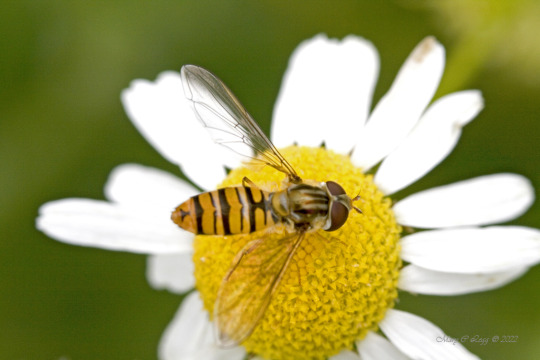
Marmelade Fly, Episyrphus balteatus Canon 400D EF 100 2.8 f/7.1 1/160 iso: 400 Milovice, Czech Republic 7/7/2009
#Diptera#Syrphide#Flies#hoverflies#Flowerflies#insects#invertebrate#Macro#grasslands#invertebrates#insectphotography#macrophotography#insect#canon
11 notes
·
View notes
Photo



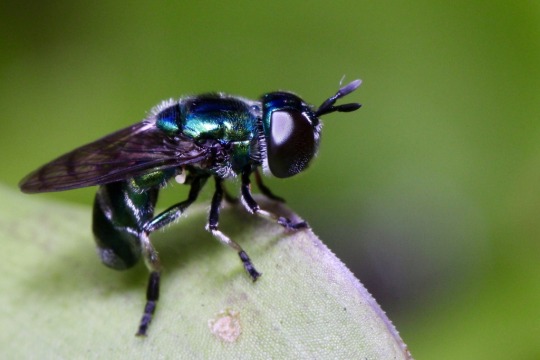

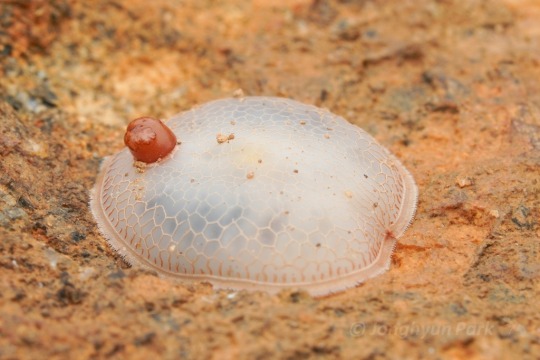
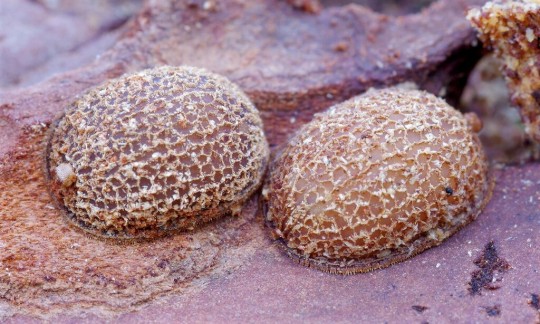
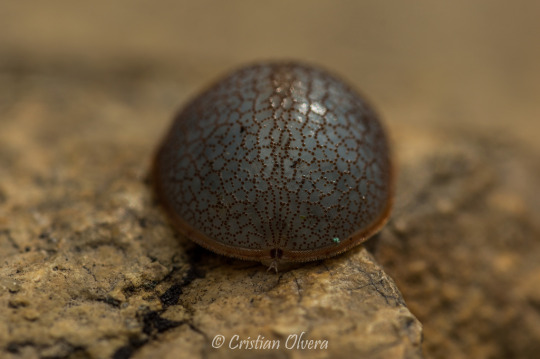


Ant flies (adults and larvae) in the genus Microdon, Syrphidae
Ant flies are unique in the hover fly family in that they inhabit the nests of ants. The fly larvae are thought to either feed directly on ant larvae or scavenge within the nest. Adults may be nectar feeders, but are almost always found near ant nests rather than hovering near flowers like other Syrphid flies. There are approximately 250 species that have been described worldwide.
Photo 1 by vicentevaldesguzman, 2 by menz_the_magnificent, 3 by skitterbug 4 by franklinhowley, 5 by arctic_mongoose, 6 by clurarit, 7 by agabus1, 8-9 by cris-tzabcan, and 10 by kenw
Bonus: I can’t share the photo of this larva legally without asking permission from the photographer first, but it’s so weird and pretty I had to link it here.
#animals#curators on tumblr#insects#bugs#fly#hover fly#syrphidae#ant fly#Microdon#larva#one nice bug#long post
570 notes
·
View notes
Text
SYRPHID SPOTTED (1st image)
and a handful of other flies <3


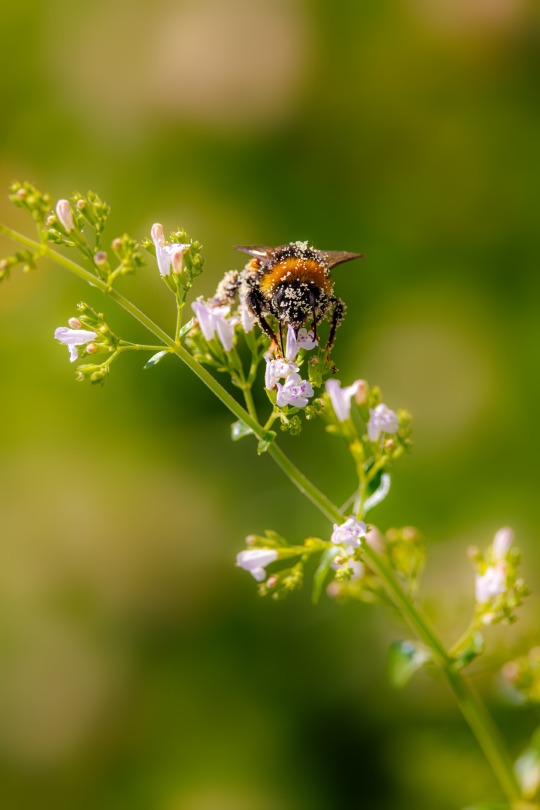

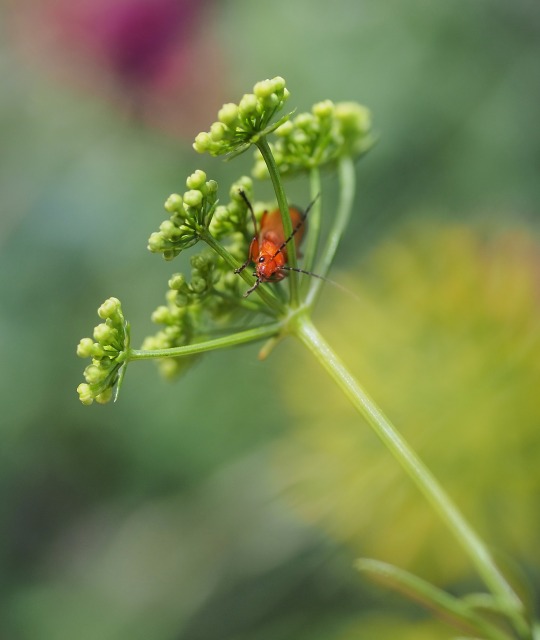
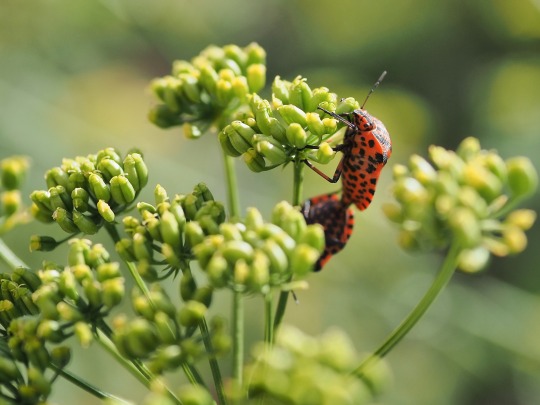

8 notes
·
View notes
Text
I see at least one cool bug a day, and usually many more, but it’s not because I live anywhere particularly rich in strange, wonderful creatures (I live in an unremarkable corner of Pennsylvania, USA) or spend all of my free time looking for bugs (well, just *most* of it). in my experience, finding interesting bugs is less about actually locating them and more about looking closely at tiny things you’d otherwise ignore!
this very long post was compiled over a couple days in late July, although I spent less than 10 minutes at a time searching. there’s a lot of fun creatures just out in the open.

plants are always a good place to start when looking for bugs, and I chose this small fig tree (Ficus carica) with a mulberry sapling friend. feeding on the sap of the fig and mulberry is the first group I’ll take a look at, the planthoppers:

these two are flatid bugs, Metcalfa pruinosa and Flatormenis proxima. flatids are slow-moving bugs that can be approached closely, but once they get tired of circling around stems to avoid you they may launch themselves into a fluttering flight with spring-loaded rear legs.

Aplos simplex, a member of the related family Issidae, also likes fig sap. its “tail” is actually a tuft of waxy secretions, which get shed along with the bright colors when it assumes a lumpy, bean-shaped adult form.
cicadellids, or leafhoppers, are just about everywhere on plants, but can be hard to approach without scaring them.
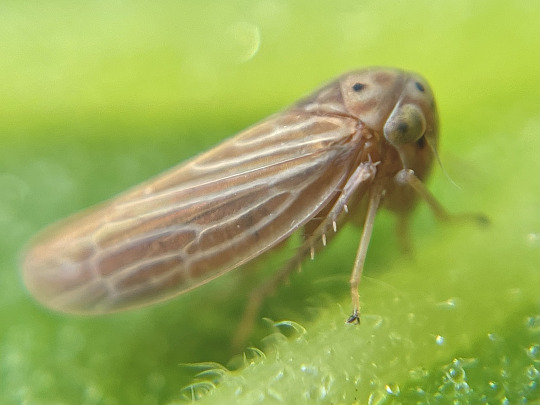

Agallia constricta on the left is a tiny species that feeds on grass, but many were scared up onto the fig by my footsteps. Jikradia olitoria is a much larger species that does feed on the fig; juveniles like this are curled, creeping goblins while adults’ rounded wings give them a pill-shaped appearance.
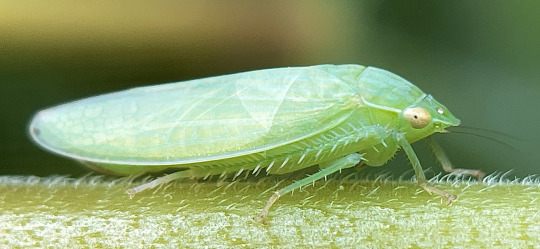
this big, pale leafhopper belongs to genus Gyponana. it’s tricky to get to species ID with these.
Graphocephala are striking little hoppers that eat a variety of native and nonnative plants. G. coccinea is the larger, more boldly colored one and G. versuta is smaller but more common locally. they’ll sit on the tops of leaves but take flight if you get too close quickly.


another group you’re almost guaranteed to encounter are flies (Diptera). these are a very diverse group, so much more than houseflies and mosquitoes (though I did run into both)
where I live, any plant with broad leaves is almost guaranteed to have a few Condylostylus, long-legged flies that come in shades of blue, green, and red. despite their dainty physique, they’re agile predators, typically feeding on other small flies.
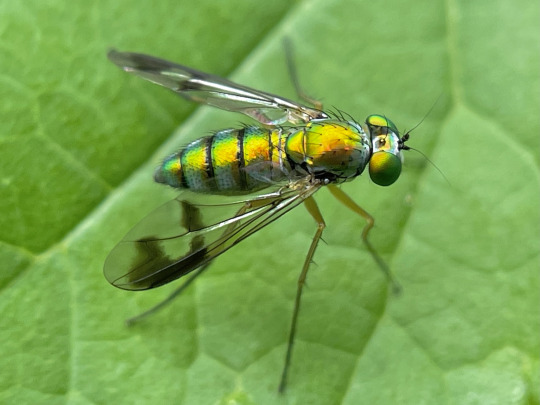
next, a few hoverflies: the ubiquitous Toxomerus geminatus and a Eumerus that I’ve been seeing a lot of this year (but maybe I’ve just noticed them for the first time). syrphids have varied life histories, but most adults drink nectar and many of the larvae are predaceous on aphids.
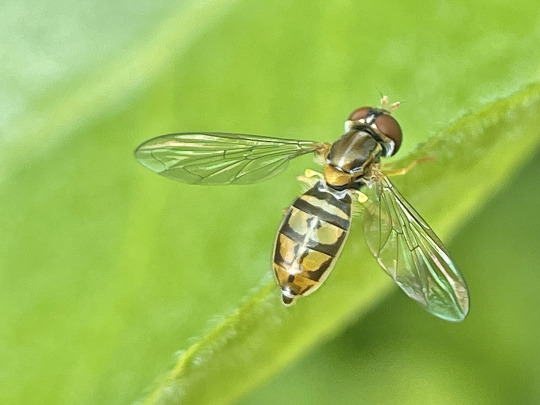

the metallic green soldier fly is Microchrysa flaviventris, nonnative here. Coenosia is a fun example of a “fly that looks like a fly,” with big red eyes and a gray body, and you might think they’re just another dung-sucking pest, but they’re actually aggressive predators! this one seemed to have nabbed itself some sort of nematoceran fly, maybe a fungus gnat.
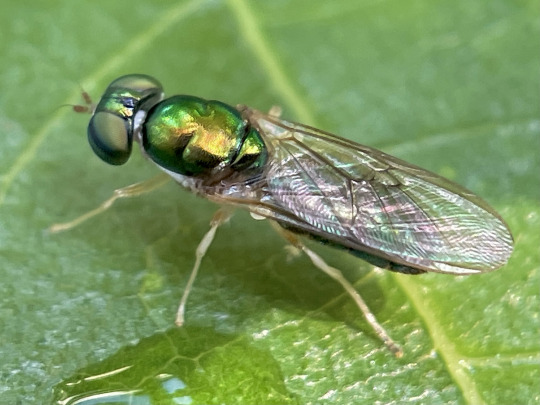

many flies are very tiny, just millimeters long. the first two little fellows are lauxaniids, while the last one, an agromyzid leafminer Cerodontha dorsalis, burrows through grass leaves as a larva.
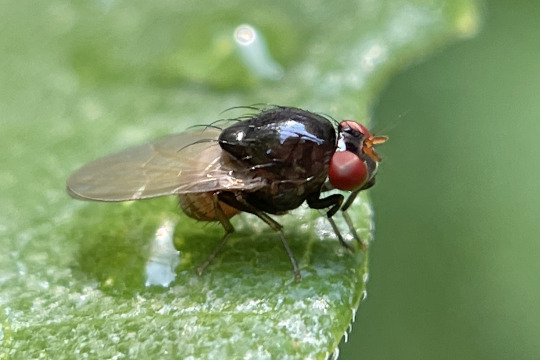
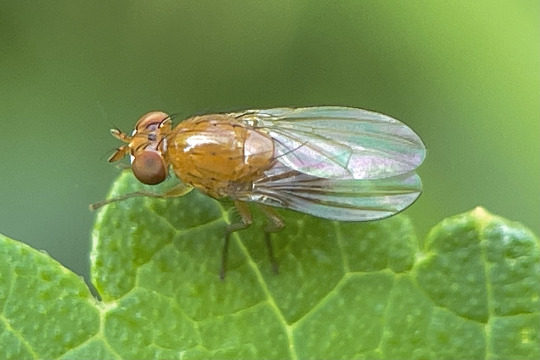

while moths and butterflies (Lepidoptera) are drawn to plants for their flowers or to lay eggs, many small moths can easily be found resting on or under leaves during the day.
these first two are tortricids, many of which are flat, rectangular moths resembling chips of bark or dead leaves. the apple bud moth, Platynota idaeusalis, feeds on a wide variety of hosts, while this beat-up old Argyrotaenia pinatubana would have developed in an edible tube nest of pine needles.


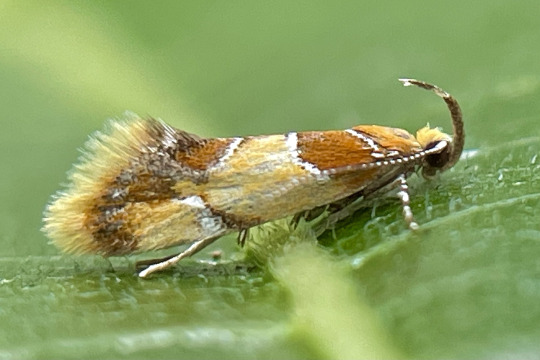
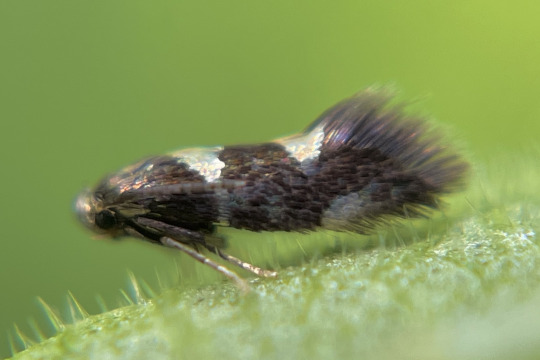
Callima argenticinctella feeds in bark and dead wood (a resource used by more caterpillars than you’d realize!) while the last moth, possibly an Aspilanta, is a leafminer.
although beetles (Coleoptera) are famous for their diversity, I didn’t find too many on the fig. the invasive Oriental beetle Exomala orientalis resting here can be found in a wide range of colors, from this common tan to to deep iridescent black. the other beetle is a Photinus pyralis firefly, sleeping under leaves as fireflies do.
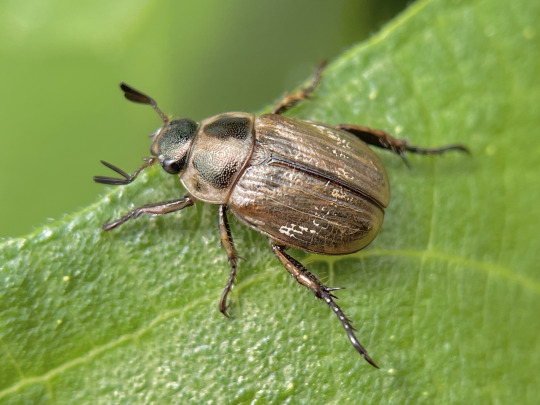
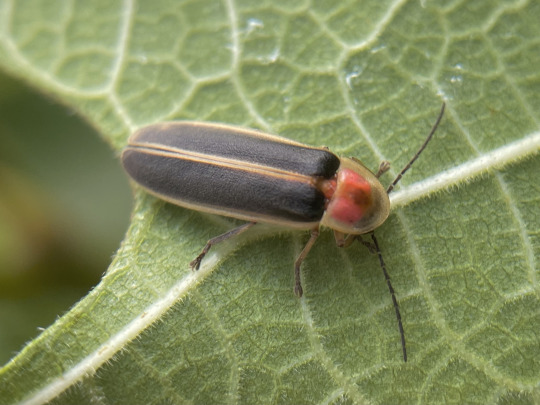
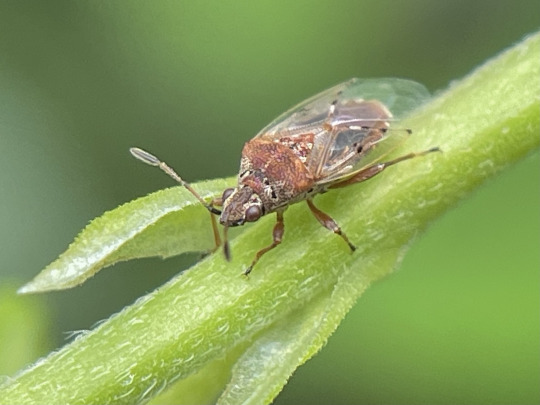
a few spare hemipterans: a Kleidocerys resedae that blew in on a wind, and below, the mulberry whitefly Tetraleurodes mori feeds on its namesake host. as for Hymenoptera, I saw manny tiny parasitic braconid wasps and various ants attracted to the planthoppers’ honeydew excretions—always worth checking underneath roosting hoppers for things having a drink.

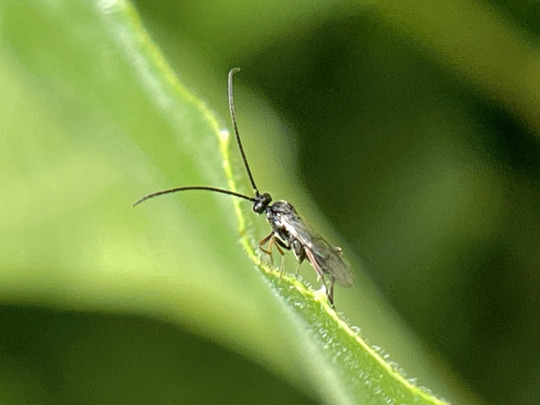
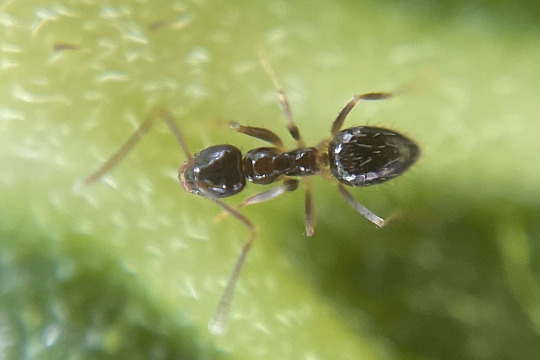
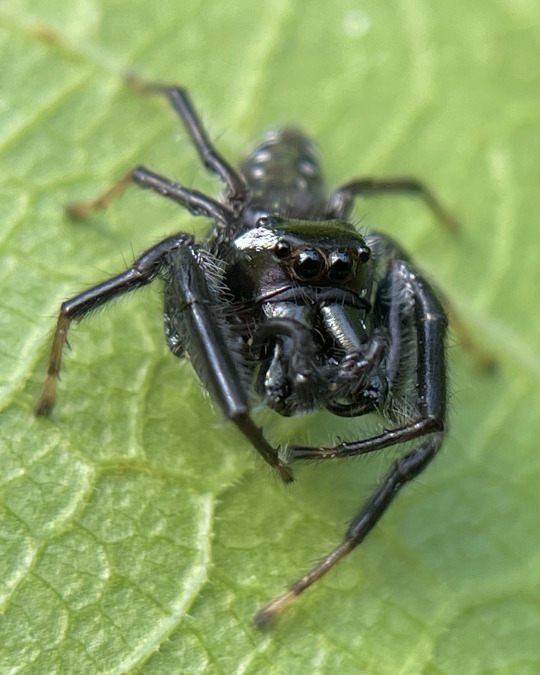
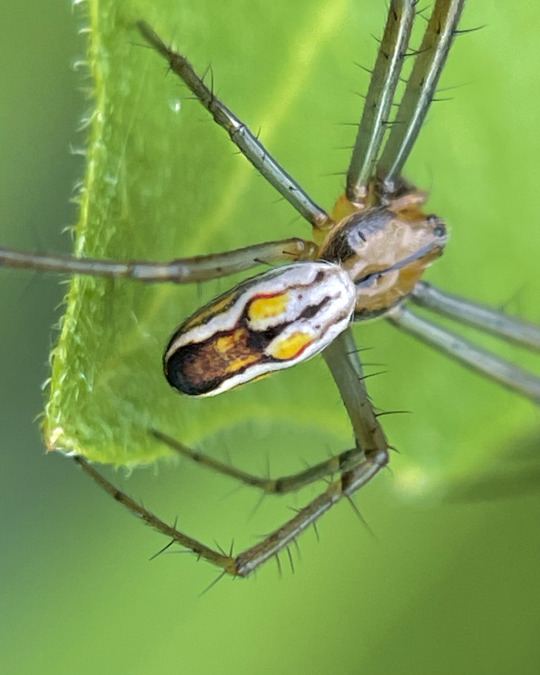
a couple handsome spider boys were scrambling through the fig seeking females, a jumping spider Paraphidippus aurantius and an orbweaver, Mecynogea lemniscata.
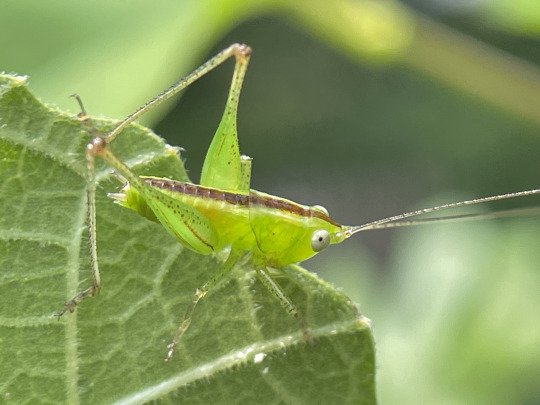
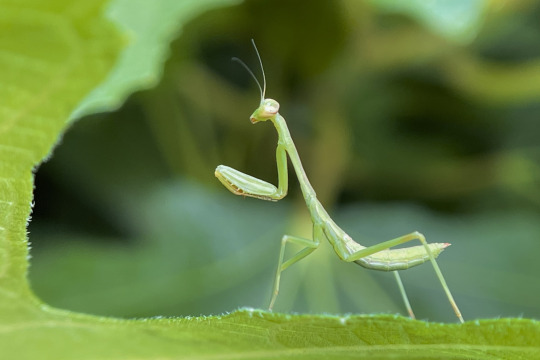
and to round it off, a young Conocephalus meadow katydid and a Carolina mantis, Stagmomantis carolina.
there’s 31 species of arthropod in this post, and I probably saw some 45, not all of which stayed for photos. if you walk slowly and look closely, you can see a sizeable chunk of your local biodiversity in under fifteen minutes! of course this will depend on where you live and what time of year it is, but there’s almost always more cool bugs out there than you’d expect, even on just a single plant.
1K notes
·
View notes
Text
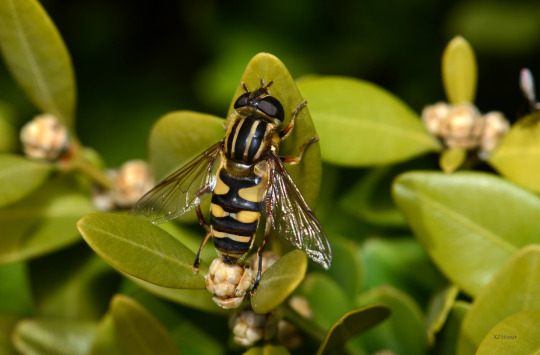
Syrphid Fly (Helophilus fasciatus)
A variety of insects, such as this Syrphid Fly, were attracted to the strong scent of the boxwoods in bloom.
18 notes
·
View notes
Text

Forked globetail (Sphaerophoria sulphuripes)
Another fly cosplaying a bee.
San Jose, CA
#forked globetail#syrphidae#fly#Sphaerophoria#nature photography#entomology#bugs#biodiversity#insect appreciation#nature#inaturalist#insects#cosplay in nature#mimicry#syrphid fly#hover flies#diptera
16 notes
·
View notes
Text
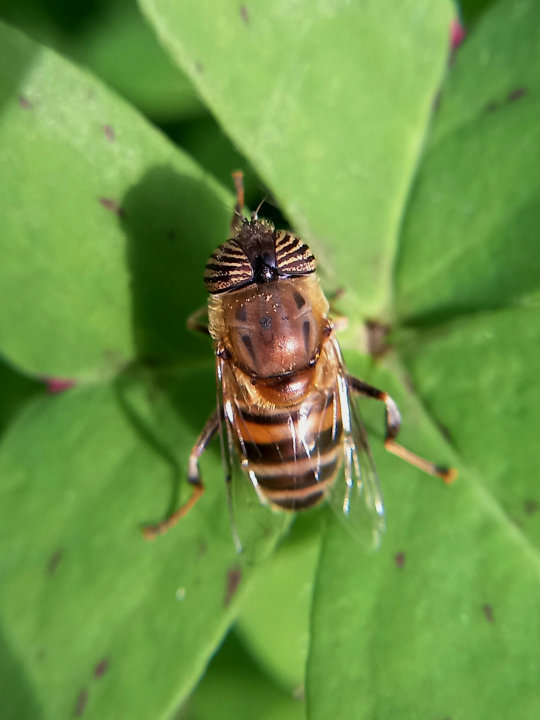
i had a fateful encounter with this Eristalinus taeniops lady right outside my house. these are my favorite local syrphids and i carefully examine every drone fly i see hoping i'll spot those trademark eyes, usually with little success, so it was nice of this one to visit me and spare me the effort
(November 29th, 2024)
#my pics#bugs#entomology#insects#flies#hoverflies#drone flies#diptera#syrphidae#eristalinus#bugblr#wait was this actually the last time i saw one. where even are they
64 notes
·
View notes
Text
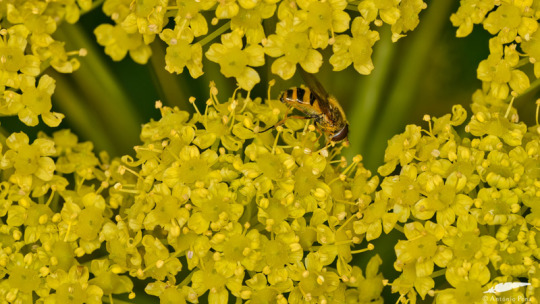
Villous Deadly Carrot with syrphid - Canavoura (Thapsia villosa) com sirfídeo
Cascais/Portugal (5/04/2024)
[Nikon D850; ∑150mm F2.8 EX DG OS HSM APO Macro with Circular Flash Nissin MF 18; 1/250s; F25; 400 ISO]
7 notes
·
View notes
Note
have you made any bee flies? they're family bombyliidae and the Pokemon cutiefly is based on them!
Bee flies are such good bugs :] but I haven't made any yet. Actually I don't think I've made any flies at all yet, which needs to be fixed soon. Bee flies or syrphids will probably be the first ones I do
32 notes
·
View notes